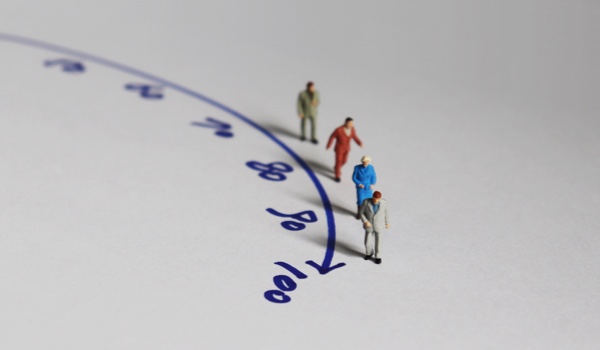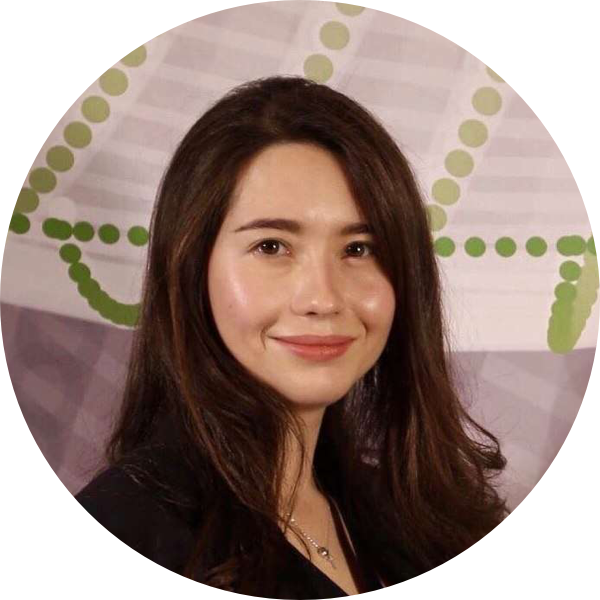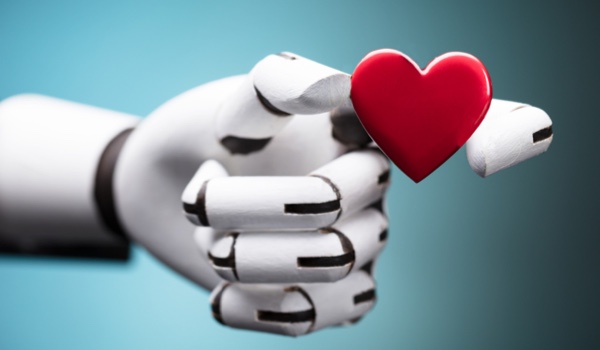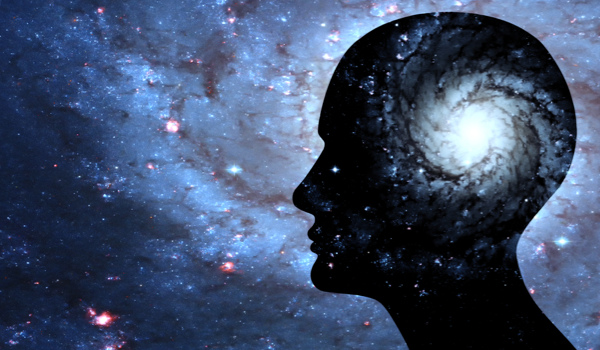


LONDON - Anastasia Georgievskaya runs a company in Estonia that provides consumers with recommendation engines for healthcare and lifestyle changes, using indicators from photographs of their skin. The company is called Haut.AI, and it operates a software platform which solicits images from individuals, along with lifestyle and preference data. It then processes this information and forwards the results to clients, who include major skincare brand owners, health clinics, surgeries, and suppliers of general and nutritional health information and advice.
The Haut.AI platform facilitates these clients’ research and development programs, provides them with a better understanding of their customers’ needs, and enables them to build their own skin analysis applications.
The data on the platform includes over 100 skin biomarkers, enabling Haut.AI and its clients to build anonymized customer profiles and provide personalized recommendations. In time, the company intends to launch its own direct-to-consumer platform based on its large dataset.
 Georgievskaya was educated as a biophysicist in Moscow. During a hackathon in 2014, she got into a conversation about the chronic shortage of data that can indicate a person’s biological age - as opposed to their chronological age.
Georgievskaya was educated as a biophysicist in Moscow. During a hackathon in 2014, she got into a conversation about the chronic shortage of data that can indicate a person’s biological age - as opposed to their chronological age.
Most of these data are generated by blood or tissue samples sent to laboratories for processing. This brings a delay as long as three months, although this is being reduced, e.g., gene sequencing can now often be completed in less than a month.
Two years earlier, computer researcher Geoff Hinton and his team had ignited what became known as the ‘Big Bang in AI’ by creating a neural
The content herein is subject to copyright by The Yuan. All rights reserved. The content of the services is owned or licensed to The Yuan. Such content from The Yuan may be shared and reprinted but must clearly identify The Yuan as its original source. Content from a third-party copyright holder identified in the copyright notice contained in such third party’s content appearing in The Yuan must likewise be clearly labeled as such. Continue with Linkedin
Continue with Linkedin
 Continue with Google
Continue with Google










 1862 views
1862 views







